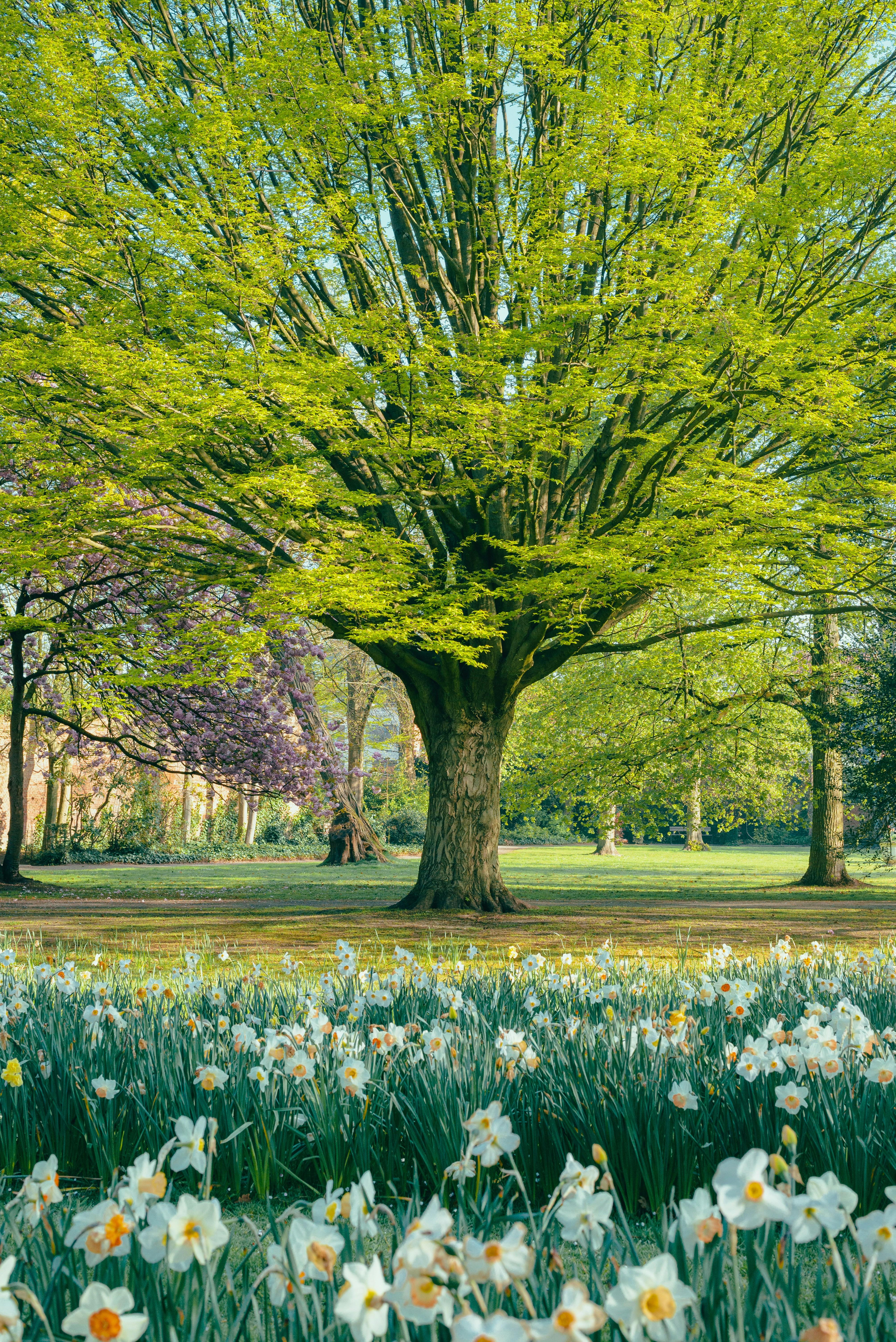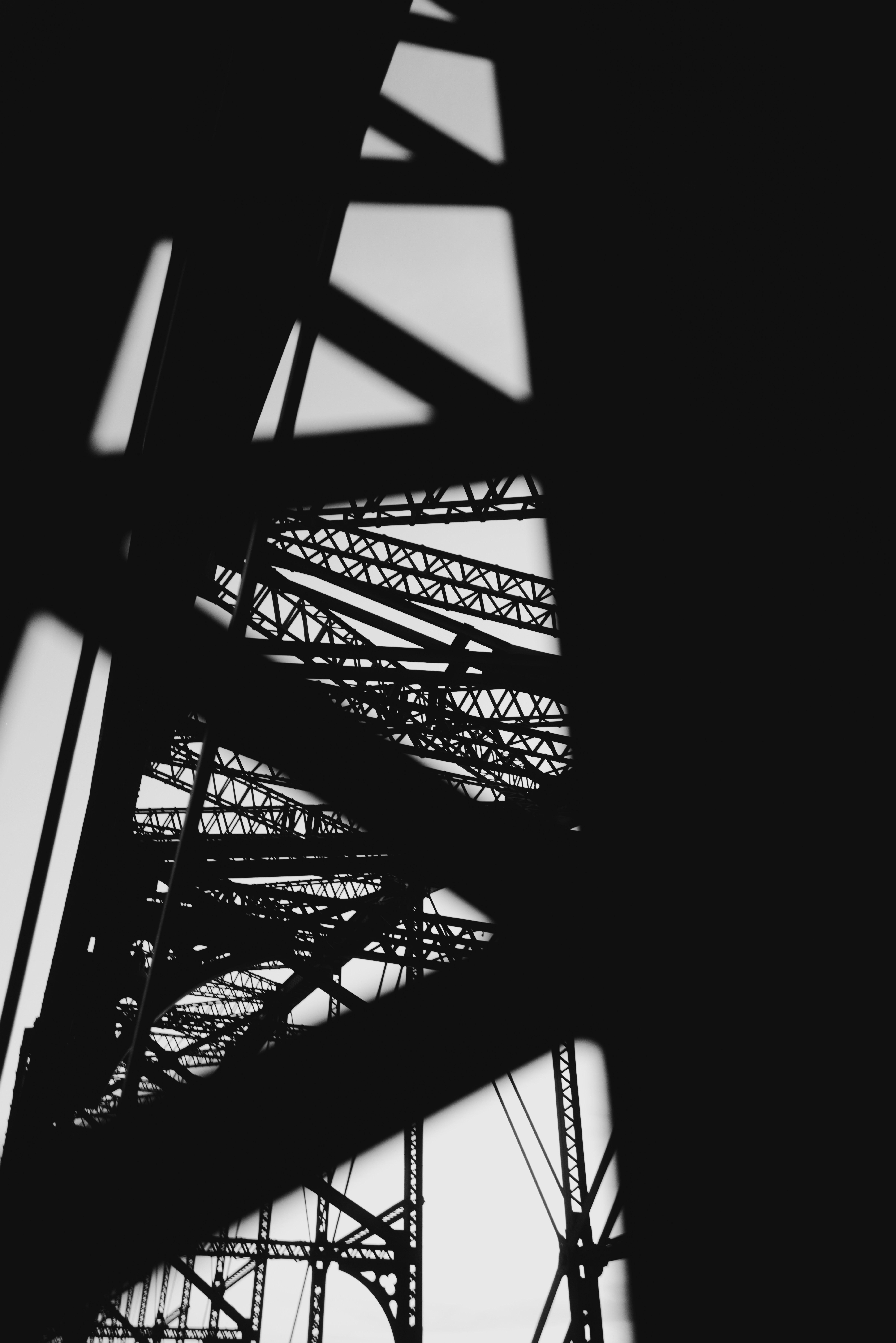In the realm of historical dramas, “Bridgerton” has emerged as a cultural phenomenon, captivating audiences with its lush aesthetics and romantic entanglements. Yet, beneath its opulent surface lies a daring reimagining of race and class that challenges traditional narratives of the Regency era. As viewers become immersed in its vibrant world, the series prompts critical reflection on how history is depicted and whose stories are told. By deliberately casting actors of diverse racial backgrounds in roles traditionally portrayed by white actors, ”Bridgerton” not only subverts conventional expectations but also invites a reevaluation of historical authenticity. This article delves into the show’s nuanced approach to race and class, exploring the implications of its creative choices and their resonance in contemporary discussions about representation and inclusivity in media.
Reinterpreting Historical Narratives through Diverse Casting
In the vibrant world of Bridgerton, the concept of diverse casting serves as a powerful tool to challenge and expand the traditional boundaries of historical narratives. By presenting characters of various races in prominent roles, the series deliberately questions the historical accuracy of all-white casts in period dramas. This approach not only enriches the storytelling by offering a more inclusive representation but also sparks critical discussions on the authenticity of historical narratives we have long accepted. The casting choices in Bridgerton aim to reflect a society that, while fictional, is more aligned with contemporary ideals of diversity and inclusion.
Through this lens, the show invites audiences to re-evaluate the stories that have been told and those that have been omitted. By portraying a racially integrated Regency era, Bridgerton suggests that the social dynamics of the past were more complex than traditionally depicted. Key themes explored include:
- The intersection of race and class dynamics.
- The impact of diverse representation on audience perception.
- The role of fiction in reshaping historical consciousness.
This bold reimagining not only diversifies the visual palette of the show but also serves as a reminder of the power of storytelling in shaping cultural narratives.

Challenging Class Hierarchies with Modern Storytelling
In a genre traditionally dominated by rigid depictions of societal structures, Bridgerton boldly redefines the landscape of historical dramas by integrating modern perspectives on race and class. The series disrupts conventional narratives through its diverse casting and intricate character arcs, presenting a more inclusive view of Regency-era England. The show’s creators challenge the viewer’s expectations, opting for a world where racial hierarchies are fluid and class boundaries are blurred, thus inviting audiences to reconsider preconceived notions about history and identity.
- Color-Conscious Casting: By casting actors of color in prominent roles traditionally reserved for white characters, the series reimagines history without the constraints of racial exclusivity.
- Complex Character Dynamics: Characters navigate their social environments with depth, reflecting modern understandings of intersectionality and privilege.
- Subversion of Class Norms: The narrative explores the potential for upward mobility and social fluidity, challenging the rigid class structures typically portrayed in period dramas.
These storytelling choices not only make for compelling viewing but also provide a platform for critical reflection on how historical narratives are constructed and who gets to tell them. In doing so, Bridgerton invites a reexamination of the past, offering a fresh lens through which to view the intricate tapestry of race and class.
Cultural Authenticity versus Creative License in Period Dramas
In the realm of period dramas, the balance between cultural authenticity and creative license is often contentious. ”Bridgerton” boldly ventures into this debate by reimagining race and class in a Regency-era setting, where it disregards historical accuracy to offer a more inclusive narrative. While some purists argue that such deviations compromise the authenticity of the period, others commend the series for its fresh perspective, which allows for a broader representation of diversity.
- Historical Inaccuracies: Critics point out the anachronistic portrayals of race, questioning whether the series dilutes the historical context for the sake of modern sensibilities.
- Innovative Storytelling: Supporters argue that the creative liberties taken by “Bridgerton” enable a reimagining of history that resonates with contemporary audiences, fostering an environment where diverse stories can thrive.
Ultimately, “Bridgerton” serves as a catalyst for discussions on how period dramas can evolve. It challenges the traditional norms of historical storytelling, urging viewers to consider the potential for richer narratives when cultural authenticity is balanced with a bold, creative vision.

Balancing Entertainment and Historical Accuracy in Bridgerton
In its vivid reimagining of Regency-era London, Bridgerton boldly challenges the conventions of historical dramas by blending entertainment with a progressive narrative on race and class. While some purists may critique its deviations from historical accuracy, the series embraces an alternative history that resonates with contemporary audiences. By casting actors of diverse ethnic backgrounds in roles of nobility, the show suggests a society where racial barriers are not as rigid as history dictates. This creative choice not only enriches the visual tapestry of the series but also encourages viewers to question the historical narratives they have long accepted.
The balance between entertainment and historical fidelity is further explored through the depiction of class dynamics. Bridgerton offers a nuanced portrayal of social hierarchies, where characters navigate a world of opulence and expectation. This approach includes:
- The elevation of certain characters to positions of power, challenging the traditional class structure.
- A focus on the personal agency of women, which diverges from the limited roles historically assigned to them.
- An exploration of romantic and social entanglements that cross class lines, providing a fresh perspective on societal norms.
By integrating these elements, the series invites viewers to engage with a narrative that is as much about the present as it is about the past, prompting a reconsideration of how history is portrayed on screen.
